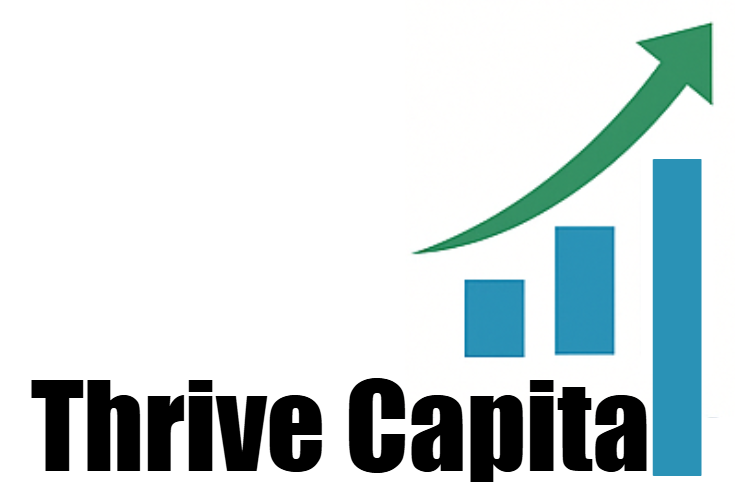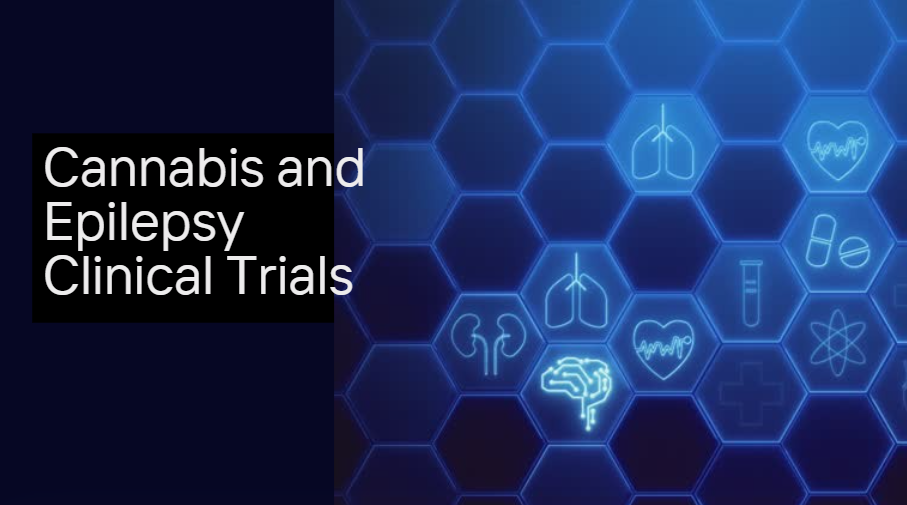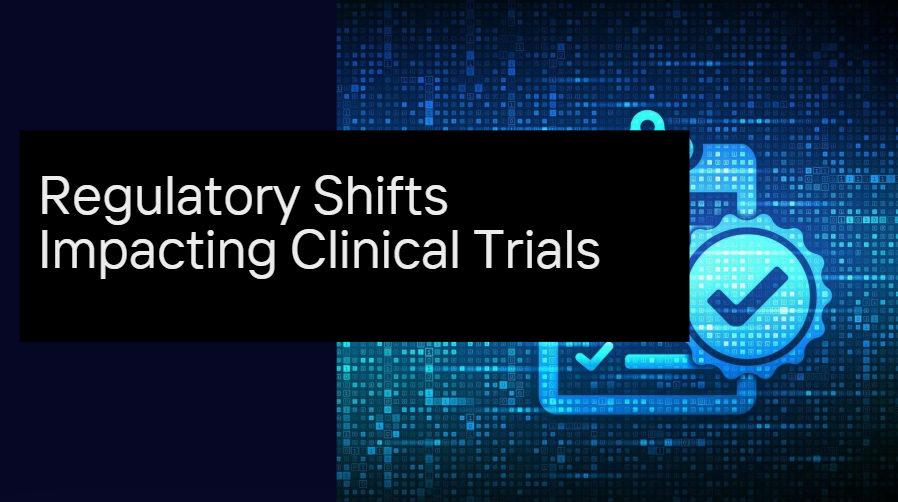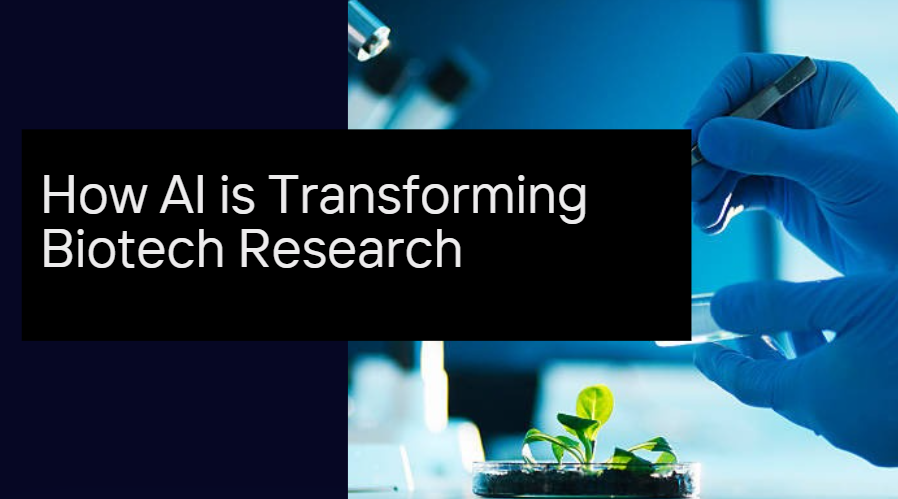Cannabis-based medicine has entered the scientific and regulatory mainstream, with epilepsy at the forefront of its therapeutic promise. High-CBD, low-THC cannabis formulations are now recognized as legitimate, evidence-backed options for patients with treatment-resistant epilepsy. This report dives into the clinical validation of these therapies, major product milestones such as Epidiolex, and the global regulatory and investment trends shaping the cannabinoid neurology market.
Discover the top companies developing Cannabis treatments for epilepsy
1. Epilepsy and the Need for New Treatments
Epilepsy affects over 50 million people globally, with around 30% of patients experiencing drug-resistant seizures. Traditional antiepileptic drugs (AEDs) often come with severe side effects or fail to control seizures altogether. The demand for novel, better-tolerated treatments has accelerated research into cannabinoid-based therapies—with cannabidiol (CBD) emerging as the most promising candidate.
2. The Cannabinoid Profile: Why High-CBD, Low-THC Works
Cannabis comprises over 100 cannabinoids. Among them, CBD and THC (tetrahydrocannabinol) are the most studied. While THC is psychoactive, CBD is non-intoxicating, making it suitable for use in children and vulnerable populations. Preclinical and clinical research has shown that:
CBD modulates the endocannabinoid system, which regulates neurological activity.
It interacts with TRPV1 and GPR55 receptors, reducing neural excitability.
Low levels of THC may contribute to the “entourage effect”, enhancing CBD’s therapeutic impact without impairing cognition or mood.
This pharmacological profile makes high-CBD, low-THC formulations ideal for chronic, refractory conditions like epilepsy.
3. Clinical Evidence: From Anecdotes to RCTs
Epidiolex: A Regulatory Milestone
In 2018, the U.S. FDA approved Epidiolex, a purified CBD solution developed by GW Pharmaceuticals, for treating:
Dravet Syndrome
Lennox-Gastaut Syndrome (LGS)
Tuberous Sclerosis Complex (TSC)
It marked the first-ever cannabis-derived medication approved by the FDA.
Key Clinical Trial Results
| Study | Patient Group | Seizure Reduction | Notes |
|---|---|---|---|
| GWPCARE1 | Dravet Syndrome | ~39% median reduction | Double-blind, placebo-controlled |
| GWPCARE2 | LGS | ~44% reduction in drop seizures | Confirmed long-term efficacy |
| GWPCARE6 | TSC | Up to 48% reduction in seizures | Effective in both children and adults |
These findings were published in peer-reviewed journals such as The New England Journal of Medicine and The Lancet.
4. Ongoing and Emerging Trials
As of 2025, over 60 active or completed studies globally are exploring CBD and other cannabinoids in epilepsy, including:
CBDV (Cannabidivarin): Another non-psychoactive cannabinoid showing preclinical efficacy in seizure control.
Combination therapies: Investigating the synergistic effects of CBD with traditional AEDs or low-THC components.
Pharmacokinetics and dosing: Refining delivery systems like sublingual sprays, capsules, and nanotech-enhanced oils to optimize bioavailability.
Notably, countries like Israel, Australia, the UK, and Germany are leading research efforts and providing early access to cannabinoid therapies under compassionate-use programs.
5. Regulatory Landscape: Shifting in Favor
United States
FDA-approved Epidiolex (now marketed by Jazz Pharmaceuticals).
DEA reclassified Epidiolex to Schedule V, the least restrictive category for controlled substances.
Increased federal funding for cannabinoid neurology research.
Europe
The EMA (European Medicines Agency) approved Epidyolex (EU version of Epidiolex).
Germany, France, and the UK have reimbursement pathways for CBD-based epilepsy treatments.
National health systems increasingly include CBD as a second-line or adjunctive therapy.
Canada and Australia
Allow medical cannabis prescriptions for epilepsy under national frameworks.
Strong academic-industry partnerships driving innovation.
Challenges Remain
Lack of global harmonization in regulatory standards
Limited physician training and awareness
Need for standardized dosing and GMP-compliant production
6. Market Outlook and Investment Opportunities
The epilepsy therapeutics market is projected to reach $13 billion by 2028, with cannabinoid-based therapies gaining significant traction.
Revenue Snapshot
Epidiolex generated over $730 million in 2023, becoming Jazz Pharmaceuticals’ top product.
Market analysts expect 20% CAGR for cannabinoid epilepsy treatments through 2030.
Venture capital and M&A activity is rising, particularly in cannabinoid biotech startups.
Investment Trends
Biotech startups: Developing CBD analogs, synthetic cannabinoids, and novel delivery systems.
Big pharma interest: Pfizer, Sanofi, and AbbVie are actively scouting cannabinoid-based pipeline acquisitions.
Vertical integration: Companies like Tilray, Canopy Growth, and Organigram are expanding from cultivation to clinical innovation.
7. The Patient Perspective
For many patients, especially children with Dravet or LGS, high-CBD therapies mean:
Fewer seizures
Improved cognition and behavior
Reduced hospital visits
Enhanced quality of life
Family testimonials, published case studies, and registries highlight how cannabinoid treatments fill a crucial therapeutic gap, particularly when traditional AEDs fail or cause intolerable side effects.



